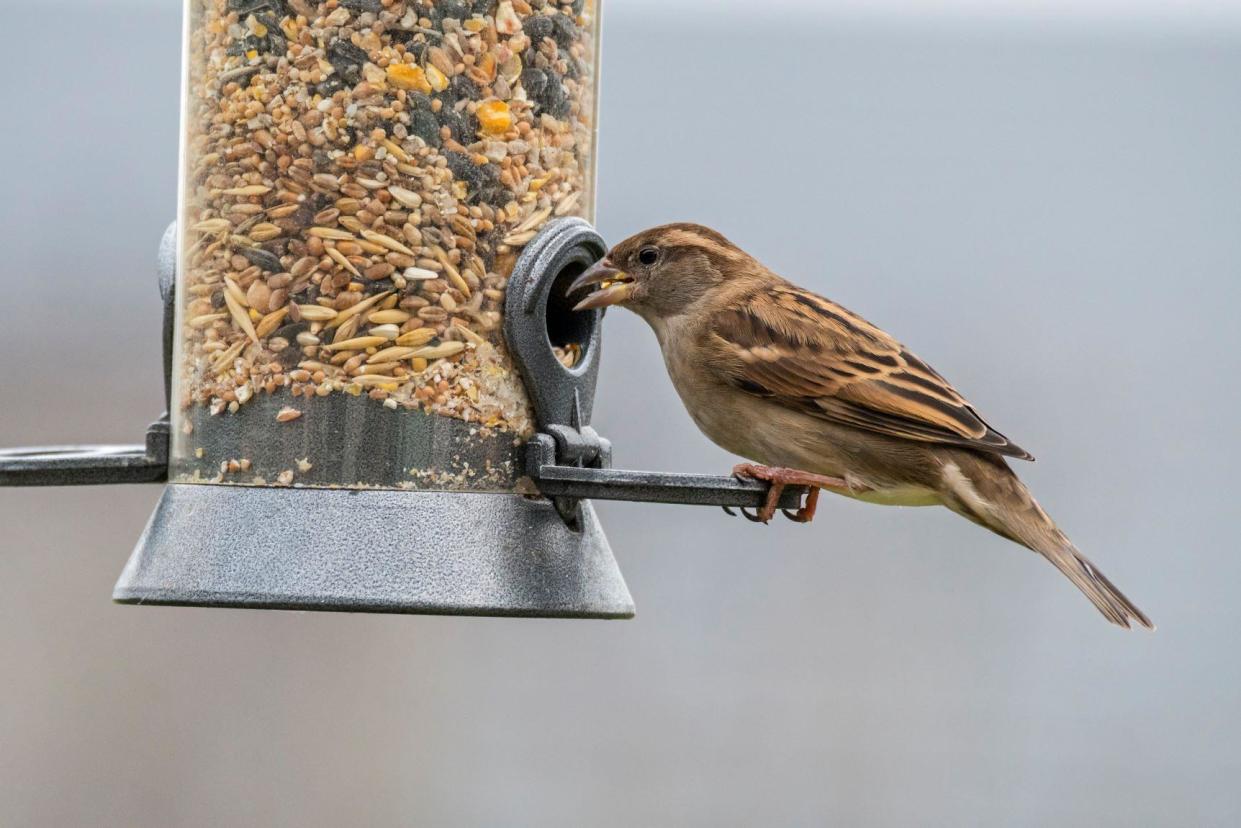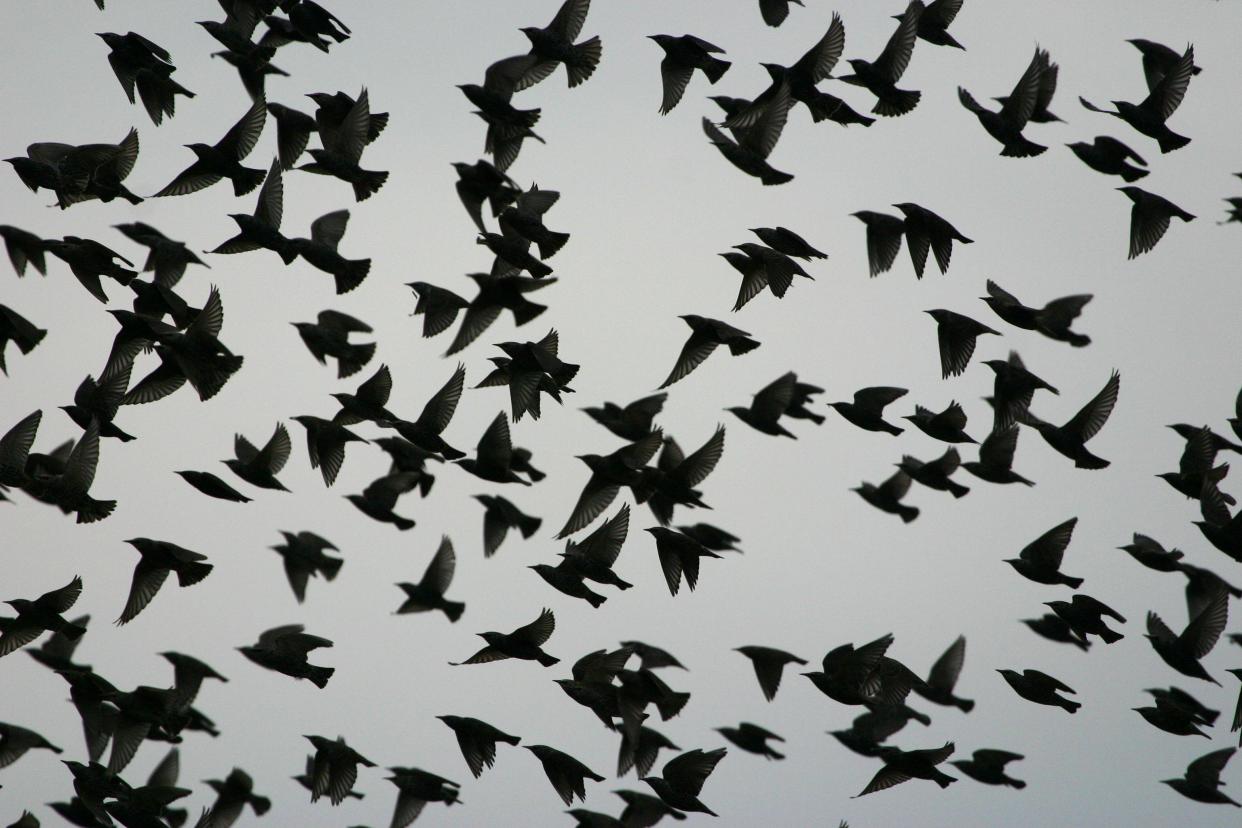House sparrows still ruling the roost in NI

The house sparrow is once again the bird most commonly seen in a Northern Ireland garden, according to the RSPB NI.
Thousands of people took part in the charity's 45th Big Garden Birdwatch.
Starlings came in a close second and blue tits ranked number three.
The results are taken from data collected by households which record the different types of birds they see in their garden in a one hour period.
More than 600,000 people across the UK took part in this year's annual bird watch.
They counted more than more than 9.5 million birds of 80 species.
RSPB NI says the survey gives vital insights into the bird population.
Chaffinches and blackbirds took the final two places of the top five most recorded species in Northern Ireland.
'An important snapshot'
Sara McCracken, head of fundraising and communication at RSPB NI, said the charity is "delighted" with how many households took part.
She added that it provides an important snapshot into how garden birds are faring and reminds people of the importance of gardens for wildlife.

Despite starlings achieving the bronze medal position, they are on the UK red list of most threatened species.
That is mainly because of a sharp decline in their breeding population since the 1960s.
At the beginning of this year, the iconic murmuration of starlings above Belfast's Albert Bridge returned following concerns that it had been displaced.
In February 2023, BBC News NI reported that light pollution was feared to have disturbed the phenomenon.
Red filters were placed on lights at the side of the bridge, with blanking screens on lanterns underneath.
And in January 2024, the starlings returned to their roost at the bridge in large numbers.
So what can NI households do to help starlings?
RSPB NI advises that small actions like providing bird food and water in your garden can benefit birds such as starlings as well as "a wealth of other garden wildlife".
